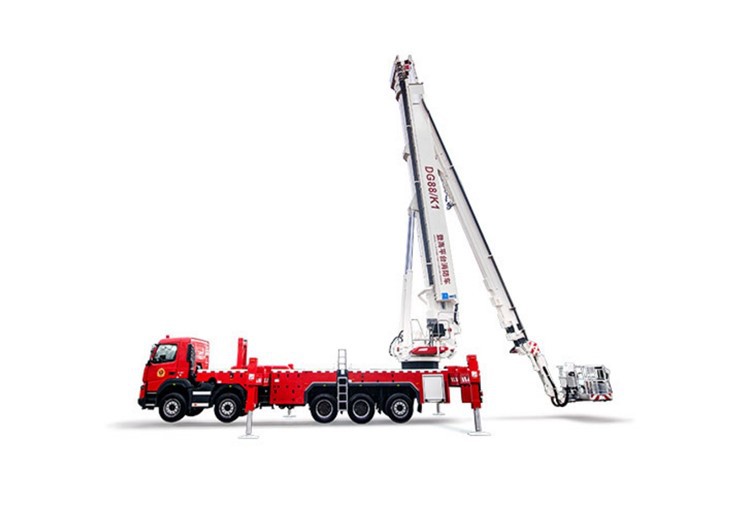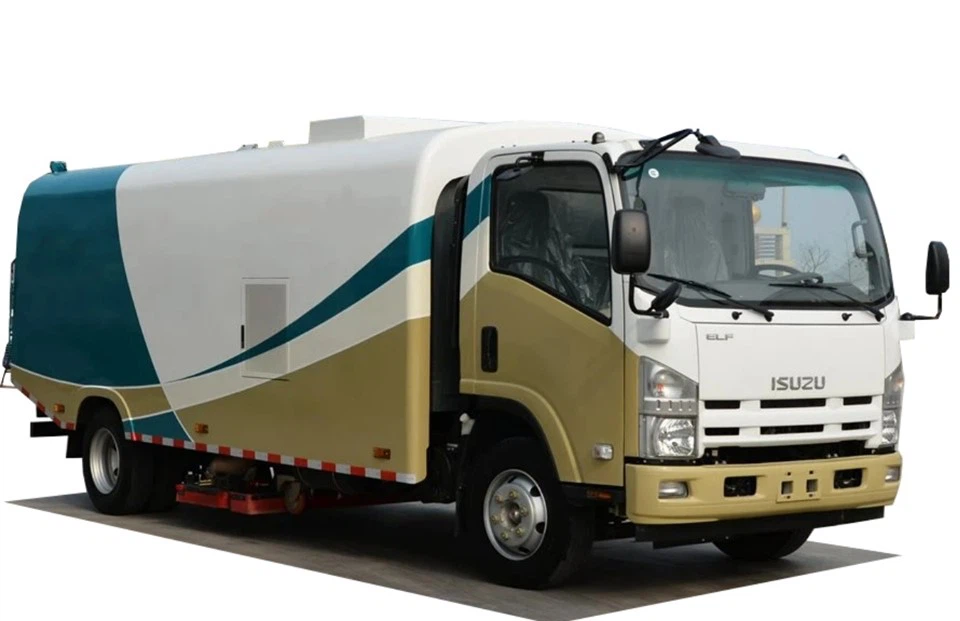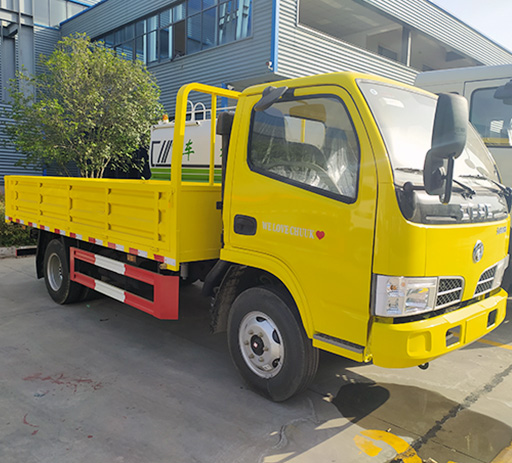Exploring the 567 Peterbilt: Features, Specs, and Benefits

Introduction
The Peterbilt 567 is a versatile and highly regarded truck that has gained significant popularity in the trucking industry. Designed to meet the diverse needs of fleets and owner-operators alike, the 567 combines powerful performance with innovative features. This article delves into the specifications, advantages, customization options, and overall value of the Peterbilt 567, providing you with a comprehensive understanding of this exceptional vehicle.
1. Overview of the Peterbilt 567
1.1 What is the Peterbilt 567?
The Peterbilt 567 is a heavy-duty truck that is renowned for its durability and reliability. It is ideally used for various applications including construction, logging, and bulk hauling. The design and engineering of the 567 ensure it can handle demanding road conditions while providing a comfortable drive for the operator.
1.2 Key Highlights
- Advanced aerodynamics for improved fuel economy
- Spacious and ergonomic cab design
- Multiple engine options for various performance needs
- Customizable chassis configuration to suit diverse applications
2. Specifications of the 567 Peterbilt
2.1 Engine Options
The 567 offers a variety of engine configurations suitable for different applications. Here are some of the engine options:
| Engine Model | Horsepower | Torque (lb-ft) | Displacement |
|---|---|---|---|
| Cummins ISX12 | 400-600 | 1450-2050 | 12.0L |
| Paccar MX-11 | 400-565 | 1450-1850 | 10.8L |
2.2 Transmission Options
The transmission options available in the Peterbilt 567 also include automated and manual selections. Common choices include:
- PacLease Automated Transmission (PACCAR)
- Allison Automatic Transmission
- RTLO-16913A Manual Transmission
3. Features of the 567 Peterbilt
3.1 Comfort and Ergonomics
The 567’s cab is designed with comfort in mind. The spacious layout, adjustable seats, and intuitive dashboard ensure drivers can focus on the road. Additional features include:
- Climate-controlled settings
- High-quality sound systems
- Multiple storage options

3.2 Safety Features
Safety is paramount in the design of the Peterbilt 567. Key safety features include:
- Advanced braking systems
- Stability control technology
- Blind spot detection
4. Benefits of Choosing the Peterbilt 567
4.1 Durability and Reliability
The build quality of the 567 ensures longevity, making it a reliable choice for various industries. The materials used in construction are designed to withstand harsh conditions.
4.2 Increased Fuel Efficiency
Thanks to its aerodynamic design, the Peterbilt 567 provides improved fuel efficiency compared to many other trucks in its class. This translates to lower operational costs for trucking businesses.
4.3 Customization Options
One of the standout features of the 567 is the ability to customize it according to specific needs. Options include:
- Chassis lengths
- Axle configurations
- Interior layouts
5. Maintenance and Support for the 567 Peterbilt
5.1 Routine Maintenance
Maintaining a Peterbilt 567 is straightforward. Regular checks should include:
- Oil change and filter replacement
- Tire rotation and inspection
- Brake system evaluation
5.2 Warranty and Support
Peterbilt offers comprehensive warranty programs and customer support to ensure that owners can keep their vehicles in excellent condition. It’s crucial to take advantage of these services for long-term investment protection.

6. Pricing Options for the Peterbilt 567
6.1 Base Price Estimation
The base price of a Peterbilt 567 can vary significantly based on the configuration and options selected. On average, expect to pay between $140,000 to $180,000.
6.2 Financing and Lease Options
Many dealers provide financing and leasing options to make the purchase of the 567 more accessible. It’s advisable to compare different financing packages for the best deal.
7. Real-World Applications of the Peterbilt 567
7.1 Construction Industry

In the construction sector, the 567 is preferred for its robustness and ability to transport heavy materials reliably.
7.2 Bulk Hauling
The 567’s efficiency makes it a popular choice for bulk hauling operations, where time and fuel costs are critical factors.
8. Customer Feedback on the Peterbilt 567
8.1 User Experience
Many drivers appreciate the comfort and reliability of the Peterbilt 567, often highlighting its superior driving experience compared to competitors.
8.2 Common Praise and Criticism
While most feedback is positive, some users mention the initial cost as a drawback. However, the long-term fuel savings and low maintenance costs typically outweigh the initial investment.
9. Tips for Potential Buyers
9.1 Identifying Needs
Before purchasing a Peterbilt 567, buyers should identify their specific needs, including the type of work and load they will carry.
9.2 Evaluating Options
Take the time to evaluate different configurations and options that will maximize efficiency and comfort.
10. Frequently Asked Questions (FAQ)
10.1 What is the typical lifespan of a Peterbilt 567?
With proper maintenance, a Peterbilt 567 can last over a million miles, making it a long-term investment.
10.2 How does the 567 compare to other Peterbilt models?
The 567 is known for its versatility, making it suitable for various applications, while models like the 579 are more focused on highway performance.
10.3 Are there financing options available for buying a Peterbilt 567?
Yes, many dealers offer financing plans that can help spread the cost of the truck over a period of time.
10.4 What is the warranty period for the Peterbilt 567?
Typically, Peterbilt offers a standard warranty of 3 years or 300,000 miles, but specific warranties may vary based on the engine and options chosen.
10.5 Can the Peterbilt 567 be customized?
Absolutely! The 567 offers a wide range of customization options to meet various operational needs.
10.6 How often should the Peterbilt 567 be serviced?
Regular servicing is recommended every 15,000 miles, but it can vary based on use. It’s essential to consult the owner’s manual for specific guidelines.
